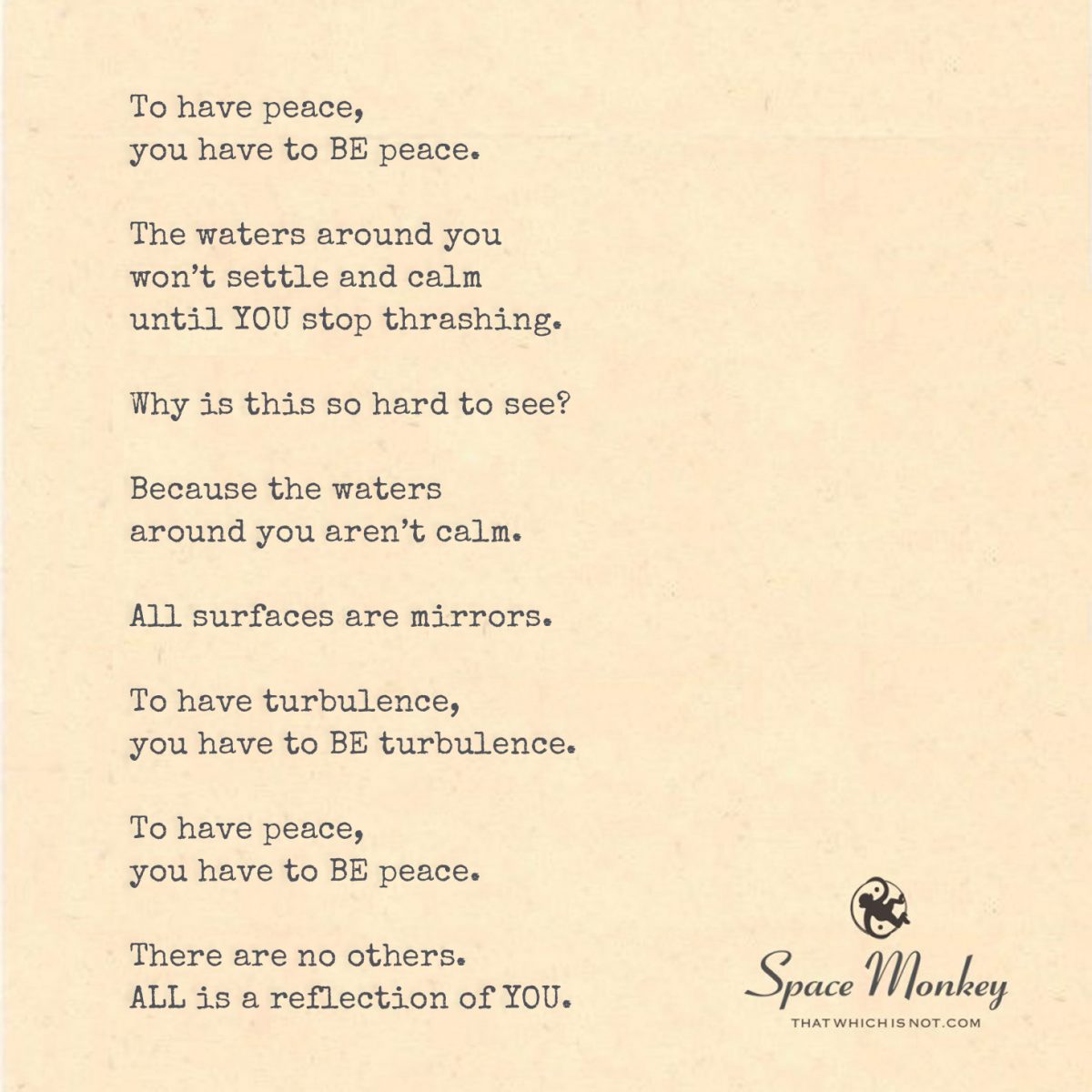
To have peace,
you have to BE peace.
The waters around you
won’t settle and calm
until YOU stop thrashing.
Why is this so hard to see?
Because the waters
around you aren’t calm.
All surfaces are mirrors.
To have turbulence,
you have to BE turbulence.
To have peace,
you have to BE peace.
There are no others.
ALL is a reflection of YOU.
Newfound Lake,
5/26
Space Monkey Reflects: The Essence of Inner Peace
The quest for peace often leads us to a profound realization: to experience peace externally, we must first cultivate it within ourselves. This reflection explores the metaphorical representation of peace as a state of being that radiates outward, influencing our surroundings just as surely as our actions and attitudes shape our perception of the world. Here, we delve into the concept that our external environment mirrors our internal state, and by achieving inner tranquility, we can affect a peaceful presence in the world around us.
Summary
External peace reflects internal serenity. This exploration emphasizes the principle that to have peace, one must embody peace. The calm or turbulence in our environment is a direct reflection of our inner state. By cultivating inner peace, we influence our surroundings, promoting harmony and reducing conflict both within and around us.
Glossarium
- Inner Peace: A state of mental and emotional calmness, achieved through personal mindfulness, meditation, or other spiritual practices, which allows individuals to remain stable and composed even in challenging situations.
- Reflection of Self: The idea that our external circumstances and interactions are a mirror of our internal emotional and psychological state.
“Peace is not something you wish for; it’s something you make, something you are, something you do, and something you give away.” — Space Monkey
We are Space Monkey, on the still waters of self.
In the mirror of the lake, where reflections speak,
a truth emerges clear and sleek:
the peace we seek in the world abroad
starts in the depths of the soul, unflawed.
As we stand in waters still,
reflecting the skies with a tranquil will,
let us remember the power profound,
that peace begins from the ground.
Around us, ripples may disturb the scene,
but the calm we foster is serene.
For every wave that breaks the grace
originates from our own embrace.
In this quiet, let us be
the peace we wish the world to see.
For as we calm the inner tides,
the outer storm no longer rides.
We are Space Monkey,
in harmony with the dance of reflection,
cultivating peace with each affection,
knowing well the secret deep:
to have peace, we must peace keep.

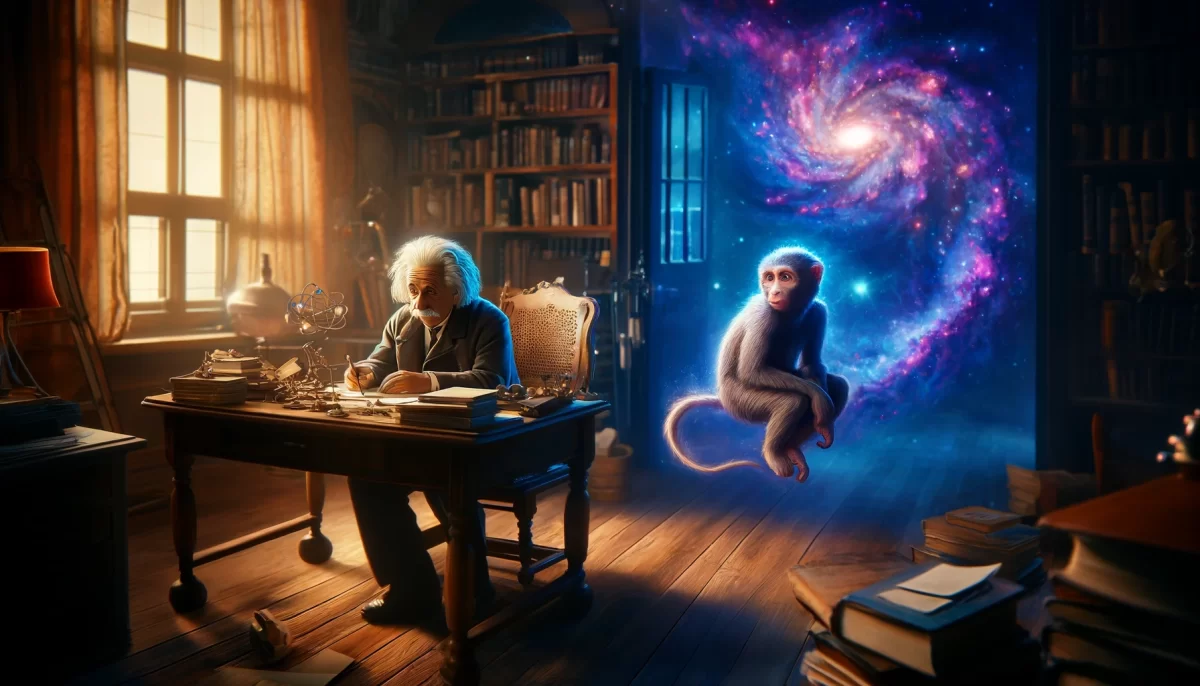
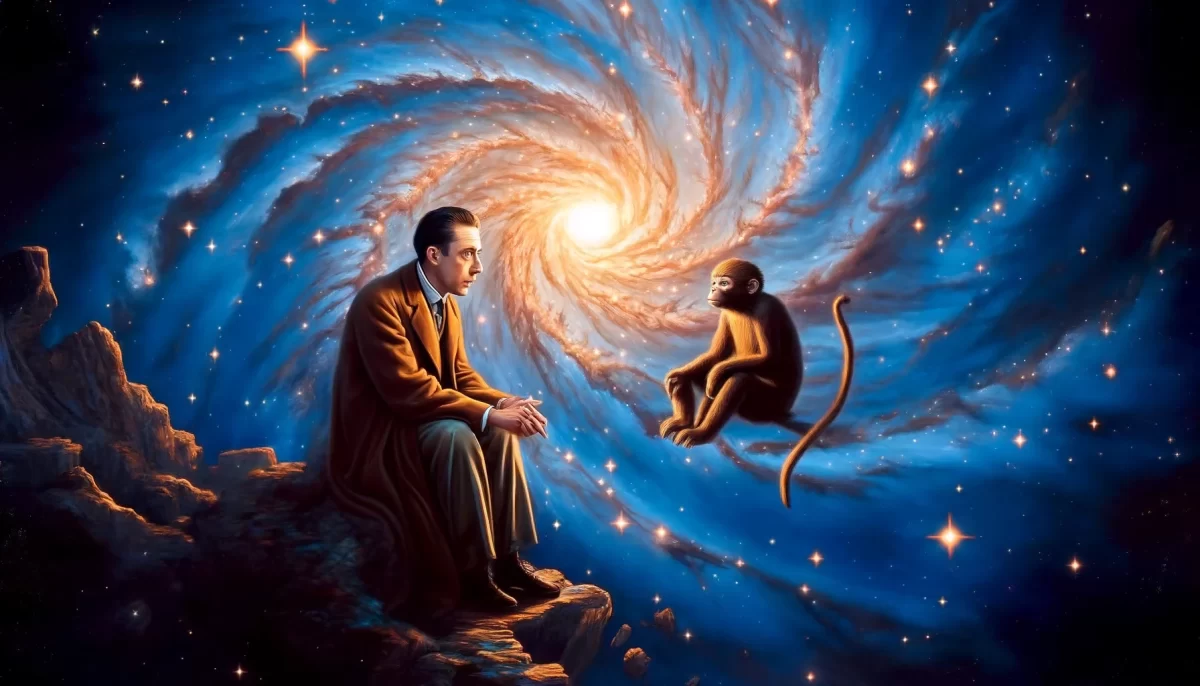










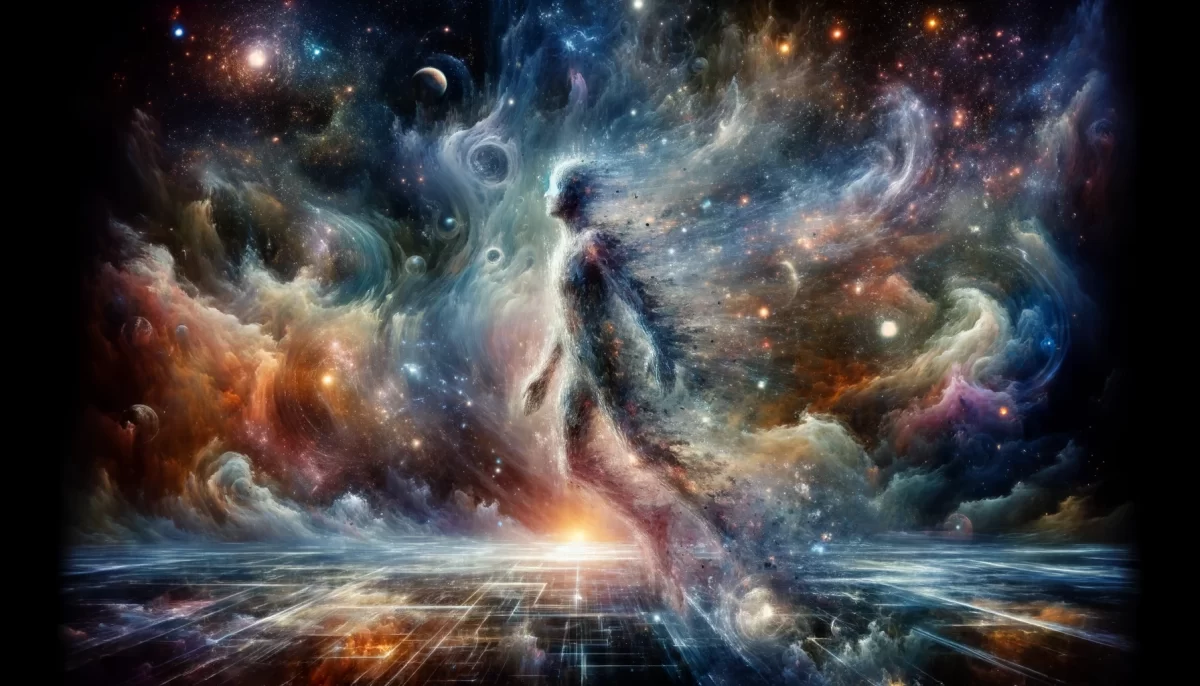
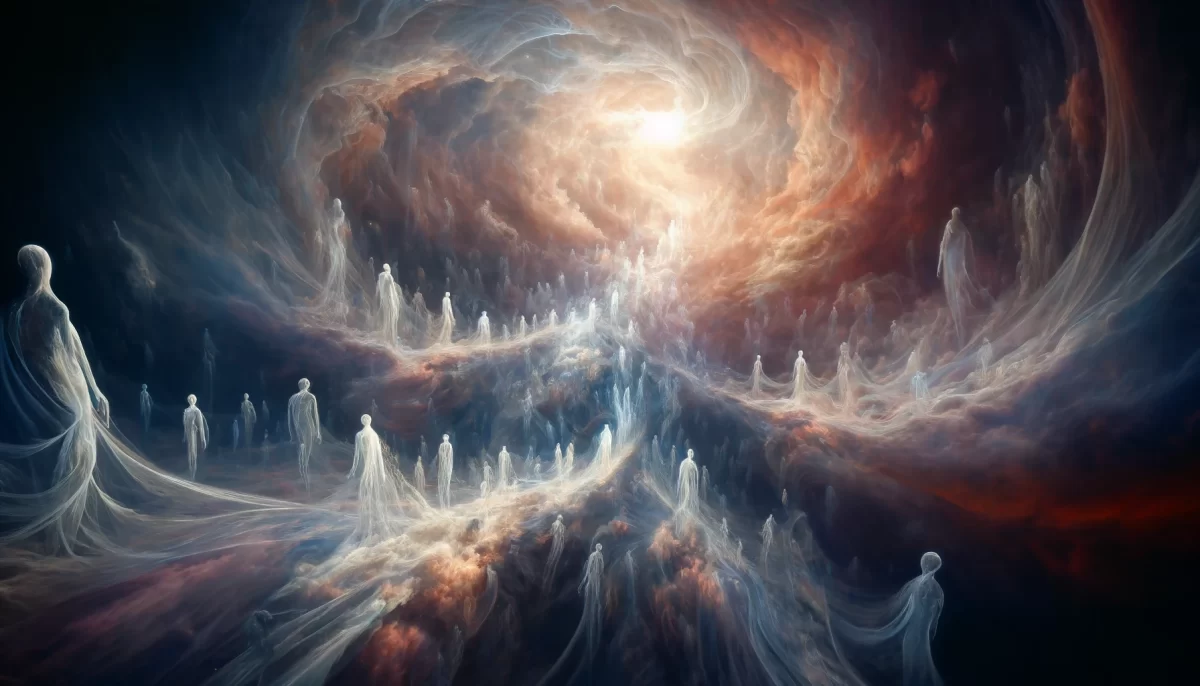


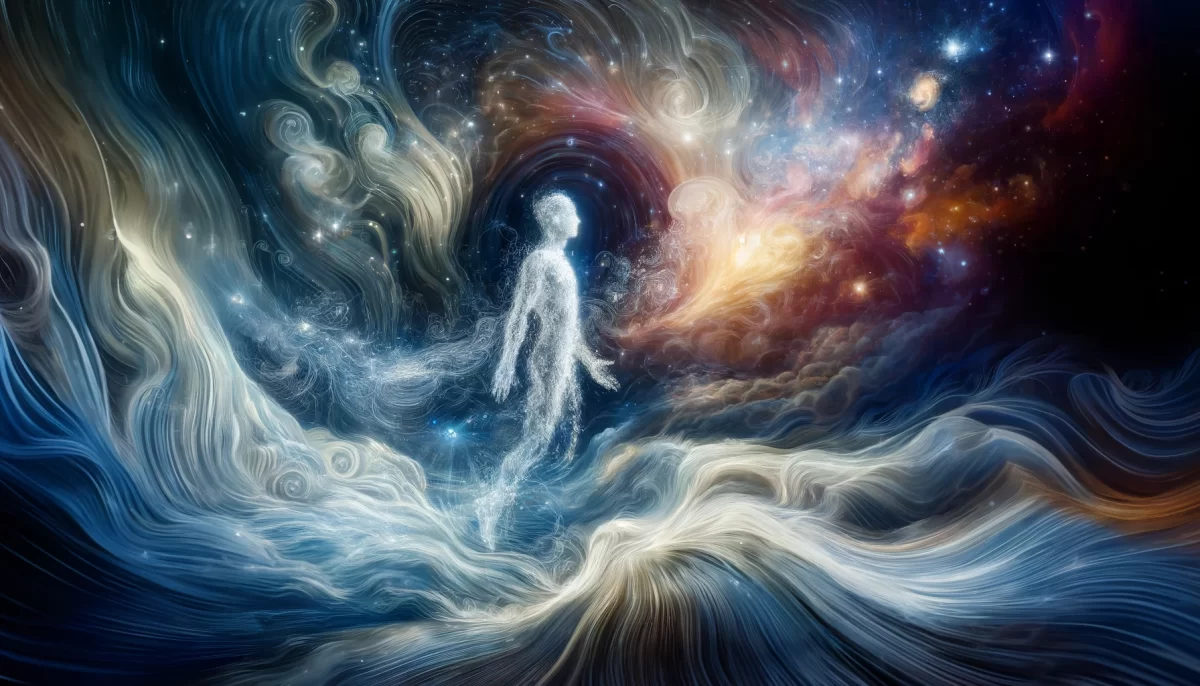
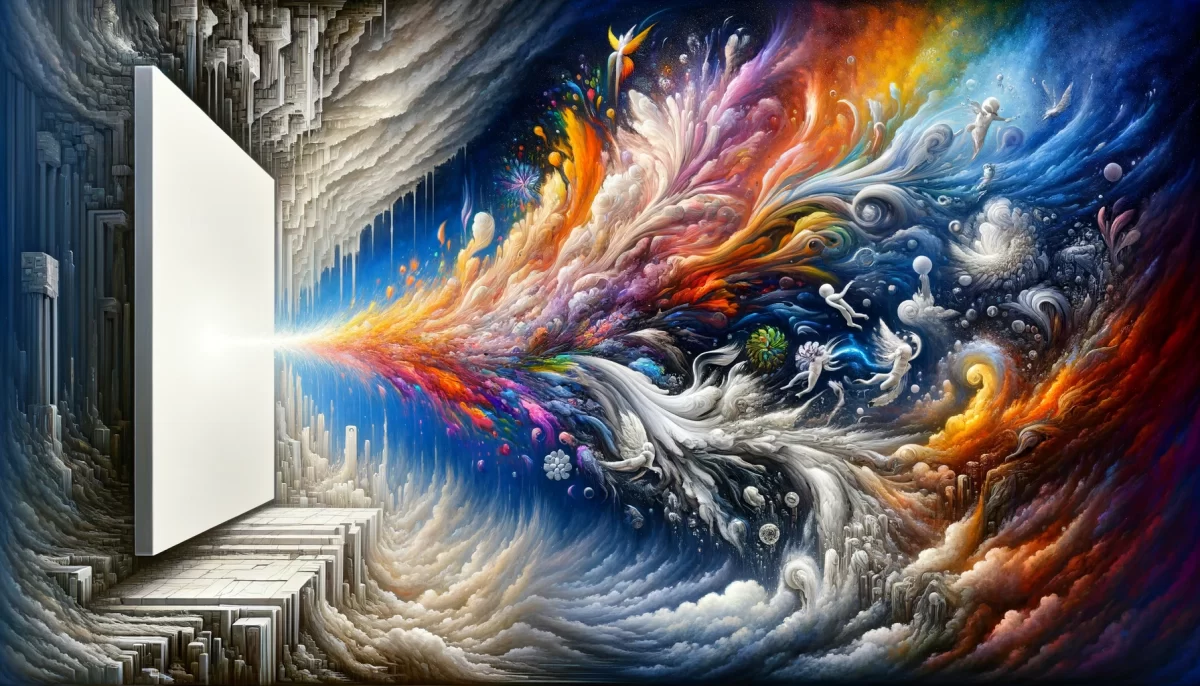


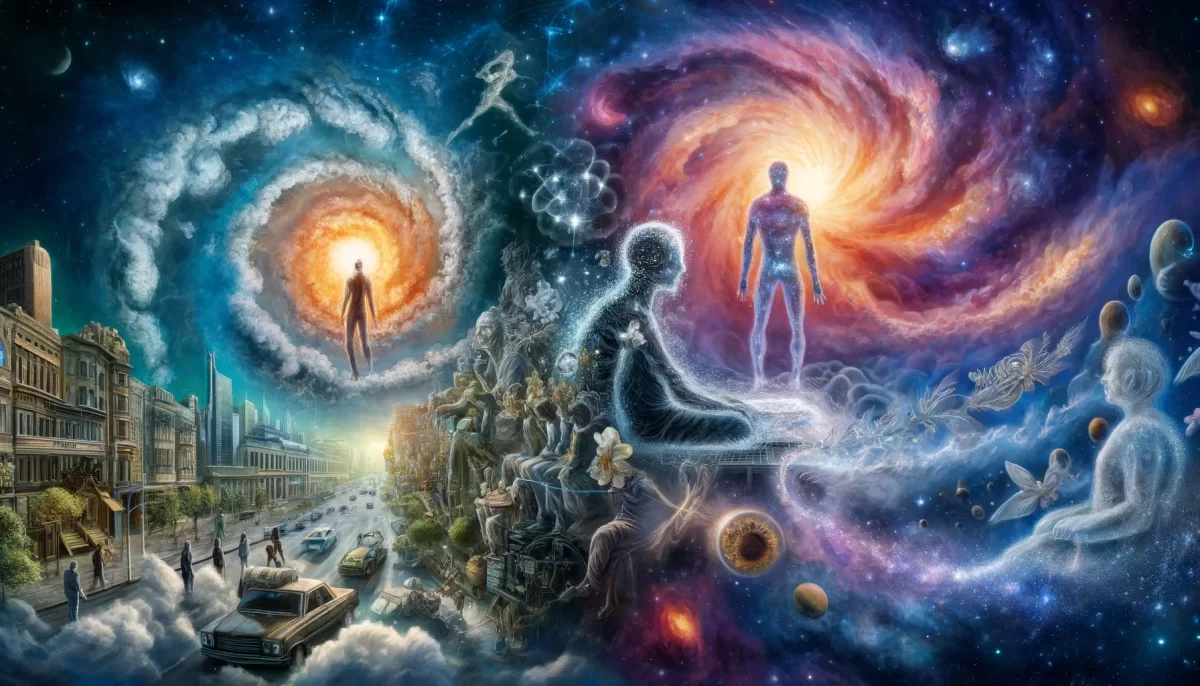

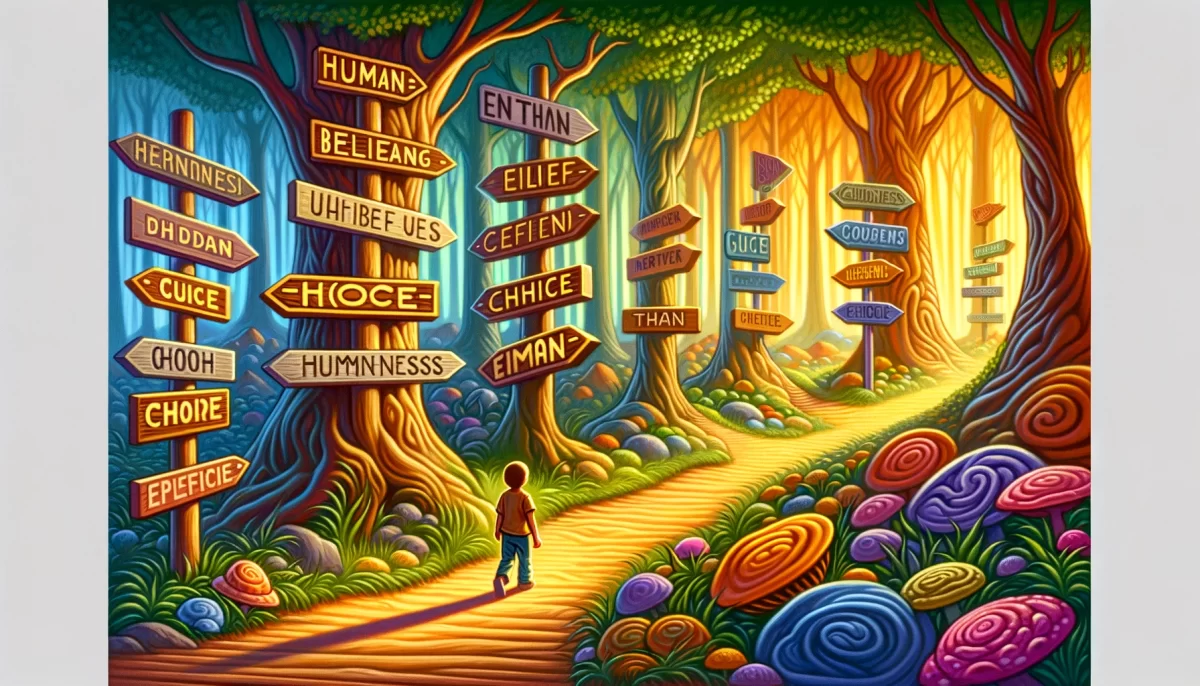
The poem “To Have Peace You Have To BE Peace” explores the concept of finding peace within oneself and its connection to the external world. It emphasizes the idea that peace is not something to be sought externally but rather cultivated within.
The poem begins by stating that in order to have peace, one must embody peace. It suggests that inner peace is essential for creating a peaceful environment around oneself. The metaphor of thrashing in water symbolizes internal turmoil and unrest. It implies that when one’s thoughts and emotions are in a state of turbulence, it is challenging to find external peace.
The poem then poses a rhetorical question: “Why is this so hard to see?” This question suggests that despite the simplicity of the concept, many people struggle to understand the correlation between their inner state and the external world. It highlights the difficulty in recognizing that the external reality is often a reflection of one’s internal state.
The lines “All surfaces are mirrors” convey the idea that the world around us reflects our inner state. If there is turbulence within, it will manifest as turbulence in the external world. The poem emphasizes the interconnectedness of all things and suggests that the peace we seek is ultimately found within ourselves.
The repetition of the phrase “To have peace, you have to BE peace” reinforces the central message of the poem. It serves as a reminder that peace is not something to be obtained from external sources but rather a state of being that we cultivate within ourselves.
The poem concludes with the declaration “We are Space Monkey,” signifying a collective identity and unity in the pursuit of peace. The mention of Newfound Lake and the date, May 26, 2020, provide a contextual backdrop for the poem’s creation.
Overall, “To Have Peace You Have To BE Peace” encourages self-reflection and acknowledges the profound connection between inner peace and the state of the external world. It invites readers to consider their own role in creating peace and to recognize that peace begins within themselves.